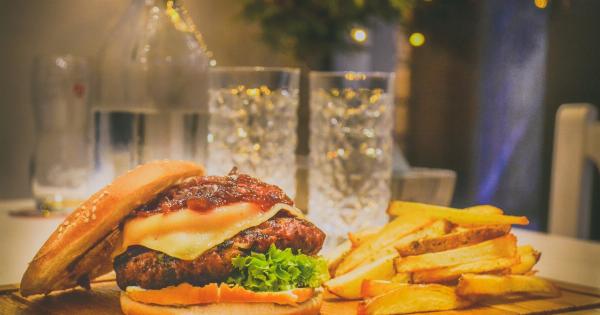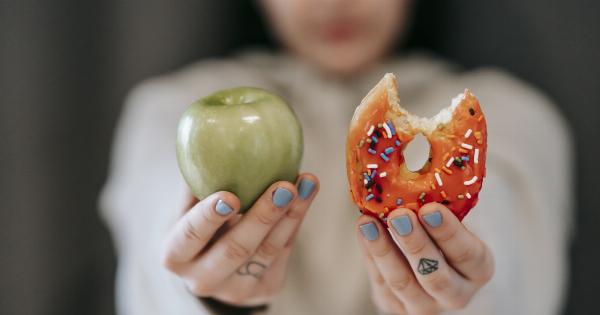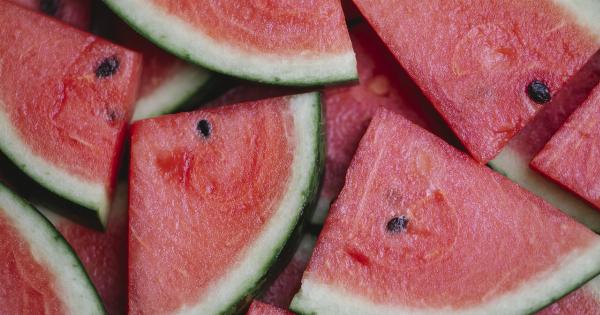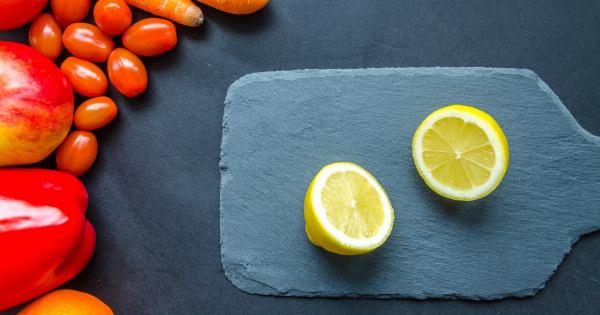Whether you are trying to lose weight or maintain a healthy lifestyle, understanding the nutritional content of the food you eat is crucial. However, determining the exact number of calories in a dish can sometimes be a challenging task.
Fortunately, with the advancements in technology, there are now innovative solutions that allow you to easily check the calorie count of your plate by simply snapping a picture. In this article, we will explore the concept of using image recognition technology to identify the calories in your food and discuss the various benefits and limitations it offers.
How Does it Work?
The ability to estimate the calorie content of your meal by capturing an image may sound like science fiction, but it is a reality thanks to the development of deep learning algorithms and powerful machine learning models.
The process involves utilizing artificial intelligence (AI) to analyze the image and recognize the different food items present on your plate. By leveraging a vast database of food images and associated nutritional information, these algorithms can identify the specific ingredients and estimate their respective calorie content.
The Role of Artificial Intelligence
Image recognition technology relies heavily on the advancements in artificial intelligence. AI algorithms are trained on massive datasets that contain images of various foods along with their corresponding calorie values.
Through a process called deep learning, these algorithms learn to recognize patterns and features in the images, enabling them to accurately classify the food items present on a plate. The more data the algorithm is exposed to, the more accurate its predictions become.
Benefits of Using Image Recognition for Calorie Estimation
The use of image recognition technology to determine the calorie count of a meal offers several advantages compared to traditional methods such as manual entry or guesswork. Let’s explore some of these benefits:.
1. Accuracy and Convenience
Traditional methods of estimating the calorie content of a meal often involve manual data entry or relying on generic nutritional information.
These approaches are prone to errors and may not consider variations in portion sizes or specific ingredient combinations. Image recognition technology, on the other hand, provides a more accurate estimation based on the actual food present on your plate, taking into account portion sizes and unique ingredient combinations.
Furthermore, the process is convenient and requires minimal effort – simply snap a picture, and the algorithm does the rest.
2. Real-Time Feedback
Another significant advantage of using image recognition for calorie estimation is that it provides real-time feedback.
By using a mobile app with a built-in image recognition feature, you can instantly receive information about the nutritional value of your meal. This feedback allows you to make informed decisions about your eating habits and make adjustments as needed. Whether you are dining out or cooking at home, having immediate access to accurate calorie information empowers you to make healthier choices.
3. Enhanced Dietary Awareness
Using image recognition technology to estimate calorie content can significantly enhance your dietary awareness. It enables you to develop a better understanding of the nutritional value of different food items, fostering healthier eating habits.
By visualizing the calorie content of your meals, you become more conscious of your food choices and can actively manage your calorie intake. Over time, this increased awareness can lead to sustainable weight loss or weight management goals.
Limitations to Consider
While image recognition for calorie estimation has numerous benefits, it is essential to acknowledge its limitations.
Some factors that may affect the accuracy of calorie estimation include the angle and quality of the image, variations in portion sizes, and limitations in the algorithm’s database. Although advancements in AI have significantly improved accuracy, it is crucial to interpret the results with caution and use them as an estimation rather than an exact measurement.
Additionally, there may be variations in the calorie content of the same dish across different preparation methods or recipes, which the algorithm may not account for.
Future Implications
The integration of image recognition technology for calorie estimation is just the beginning of a new era in nutrition tracking.
As AI algorithms continue to advance and more extensive databases of food images become available, we can expect even greater accuracy and precision in the estimation process. Additionally, future developments may include the ability to detect allergens or specific nutrients, providing users with even more comprehensive information about their meals.
The potential of this technology to revolutionize the way we track and manage our diets is undoubtedly promising.
Conclusion
The ability to determine the calorie content of your meal by simply snapping a picture is a significant breakthrough in the field of nutrition tracking.
Image recognition technology, powered by artificial intelligence, offers a convenient and accurate method for estimating the nutritional value of the food you consume. While it is not without its limitations, it provides real-time feedback, enhances dietary awareness, and empowers individuals to make informed choices about their eating habits.
As this technology continues to evolve, we can expect to see even more advancements and applications that will further revolutionize the way we approach nutrition and overall health.






























